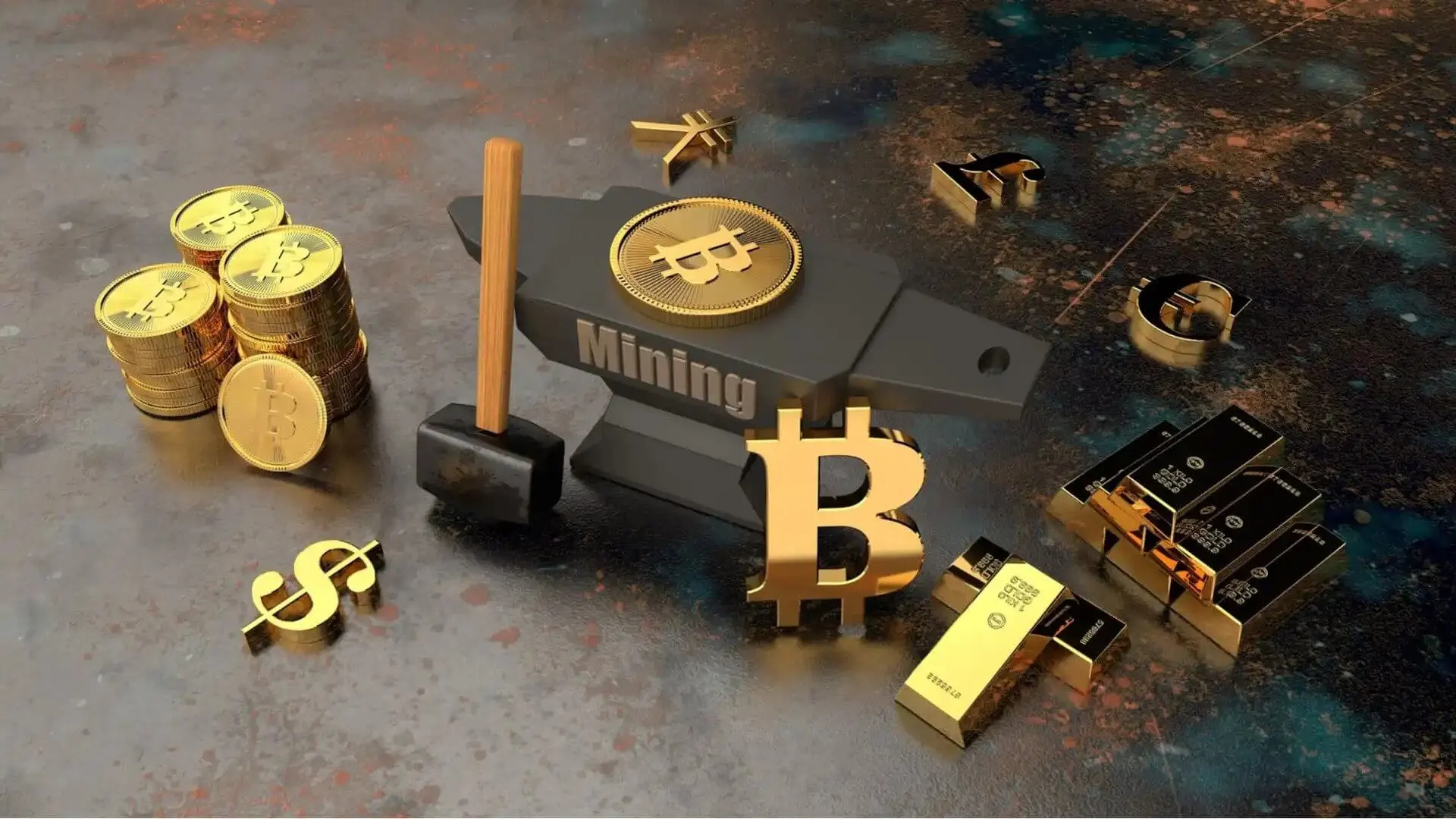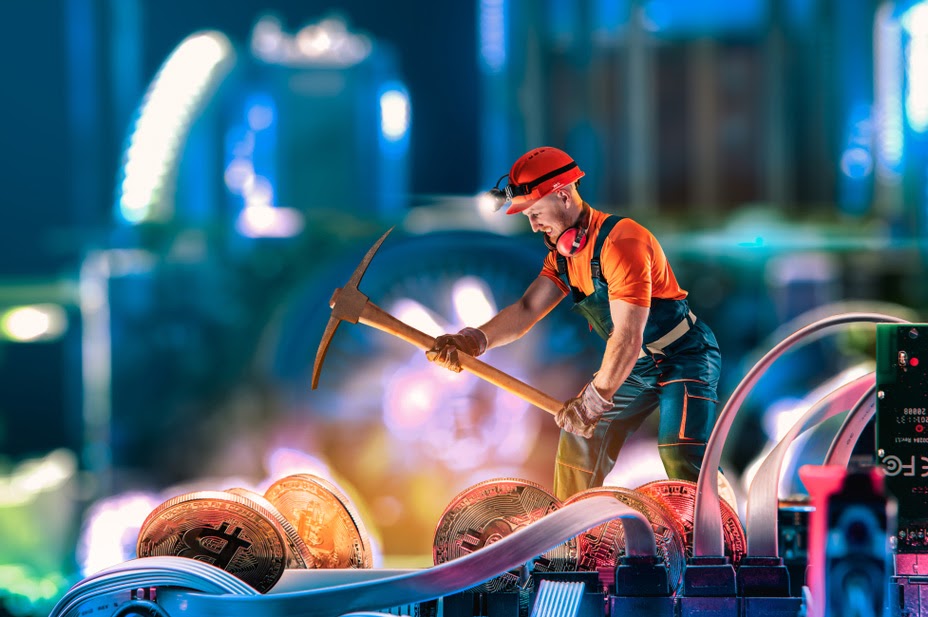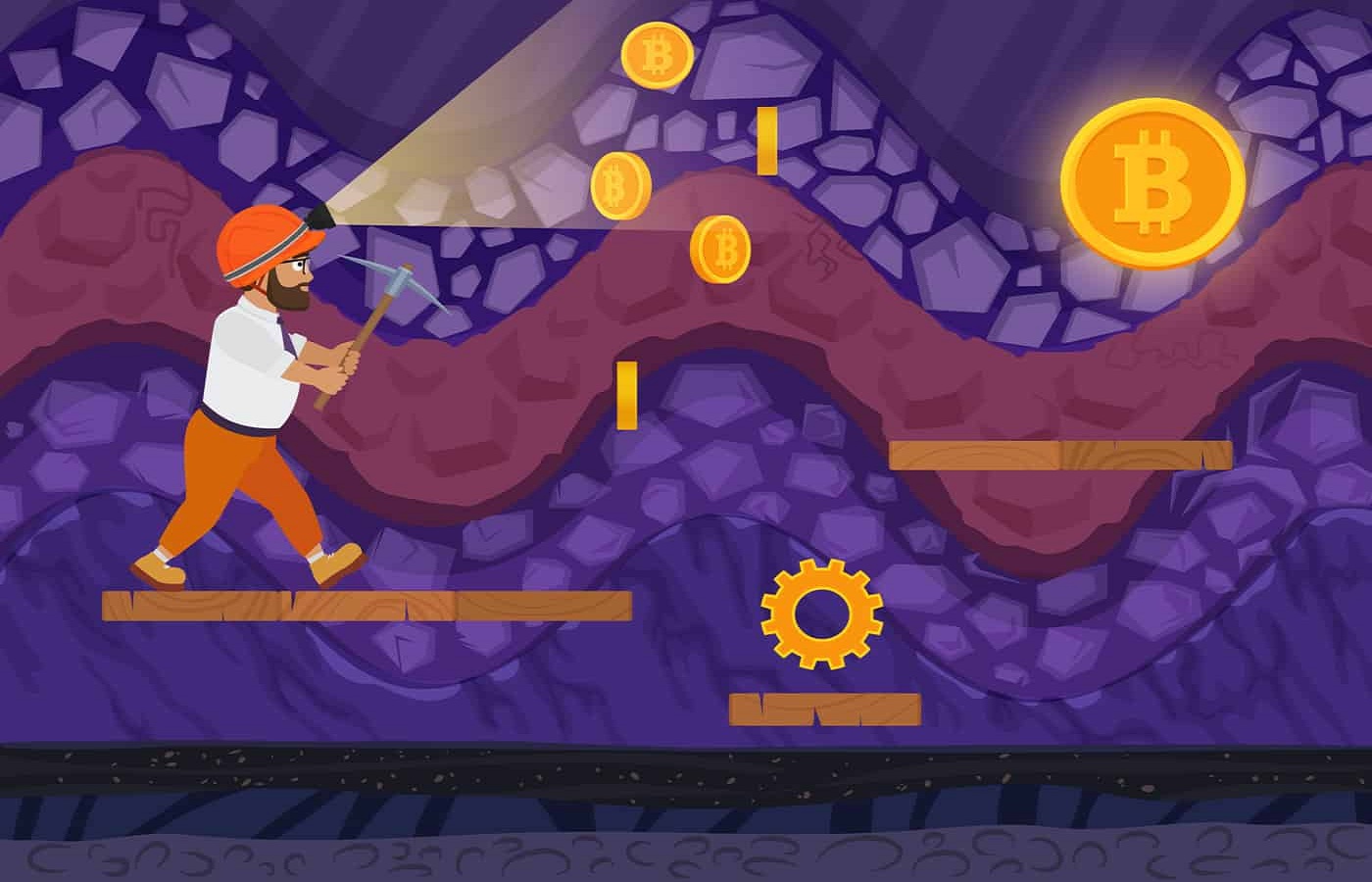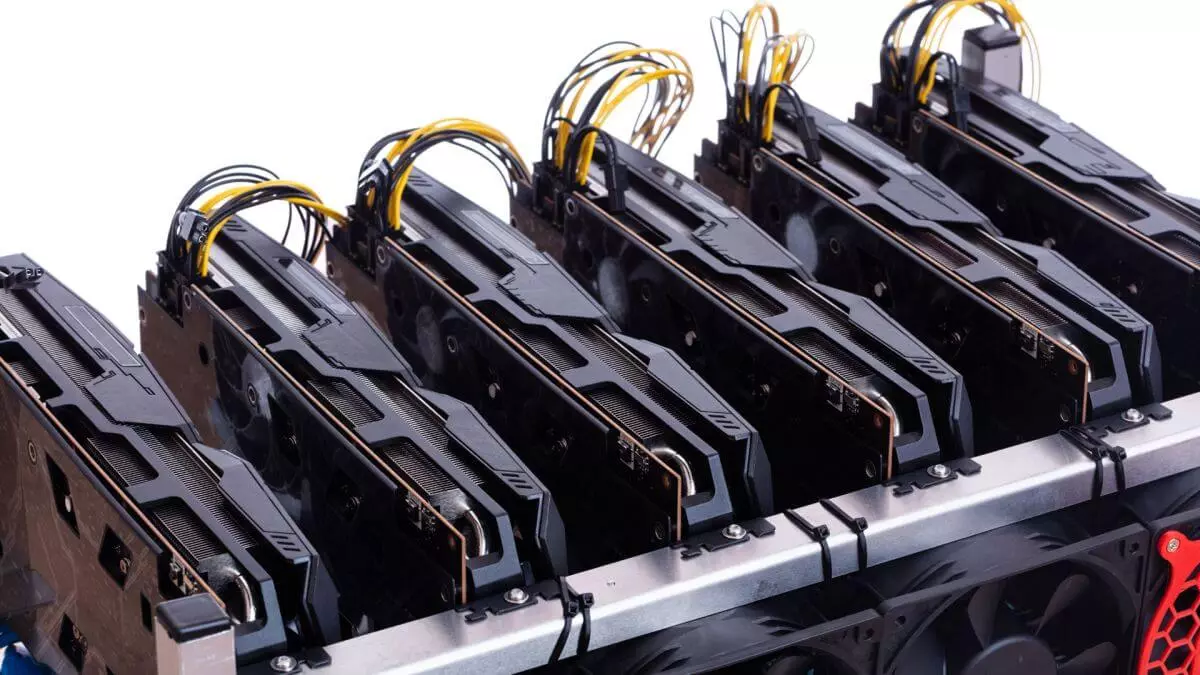
What is Crypto mining?
To put it simply, you are using a computer (or computers) to solve cryptographic equations and store the results to a blockchain. To elaborate, miners verify the hashes of unconfirmed blocks and are rewarded for each hash that is validated. The process is computationally expensive, necessitating cutting-edge technology if you want to make significant progress with mining. Mining, like it was during the gold rush, is not for the faint of heart.
What is crypto mining rig?
The “rig” is just a modified PC. It has all of the components of a PC, including the CPU, motherboard, RAM, and storage. When it comes to graphics cards, things diverge from the ordinary. When it comes to cryptocurrency mining, it is the GPU, not the CPU, that is performing the heavy work. You’ll need a strong GPU for mining, and you’ll almost certainly need more than one. Much more.
In reality, a mining rig may be thought of as a low-cost PC with one or more high-performance GPUs connected. You must connect many graphics cards to a single system, which necessitates the use of a motherboard. If you intend to push things to their limits, you’ll also need more than one power supply unit (PSU).
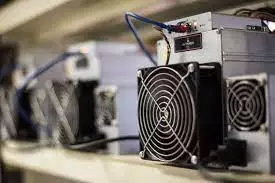
A mining rig is a collection of independent mining equipment that work together to increase mining output power or hash rates, and hence the rewards. Mining rigs are constructed using either GPU or ASIC units that have been pooled together.
Considerations before Building a Mining Rig:
Profitability of mining operations:
Some cryptocurrencies can only be mined profitably with an ASIC, some with GPUs, and still others using CPUs. Power bills or electricity prices are additional factors that impact profitability. We can do these calculations accurately before purchasing the equipment. Other considerations include machine noise, heating and cooling methods, cost, mobility, and so on.
Algorithm or crypto to mine:
Some cryptos are transitioning from proof of work to better algorithms; consequently, it is prudent to plan for the transition ahead of time. Once this occurs, you should purchase or construct a setup that may be used to mine additional cryptos.
Cryptocurrency used in mining:
The crypto’s hashing method, block reward, and pricing will all affect your decision while creating a rig. Mining is extremely competitive since crypto increases network hash rate and difficulty, requiring you to invest in high-end or high hash rate GPUs or ASICs.
Connectivity and dependability:
Owning and operating a crypto mining machine necessitates the availability of reliable electricity and an Internet connection. Profitable cryptocurrency mining necessitates this. Purchase or construct a rig for an algorithm that is here to stay.
Things for Mining Rigs:
Following are the things which you’ll need to mine your rig:
CPU:
CPU mining is pretty much exactly what it sounds like. You’re utilising your CPU’s computing capacity to build hashes. This was OK a few years ago, but as crypto mining became more popular, so did competition, and nothing encourages technological innovation like rivalry. Your CPU is just not strong enough to out-calculate a purpose-built ASIC or a mining machine outfitted with six top-tier GPUs.
Motherboard:
You can choose between Intel and AMD motherboards. If your CPU is not incorporated into the motherboard, choose a motherboard that is compatible with your CPU. The motherboard contains PCI-e x16 and PCI-e x1 ports, which should be plenty for the amount of GPUs you want to utilize for mining.

GPU:
GPU mining is a little more difficult, but far more frequent. It’s quite difficult to get a group of CPUs to cooperate toward a single purpose. It’s far easier to connect a slew of powerful GPUs to a single motherboard and assign them to a task. Choosing the proper GPU can be difficult at best, but it’s an exciting aspect of the hunt, and there’s no silver bullet solution.
Of course, Nvidia and AMD are the two primary challengers, and each provides appealing solutions for both the seasoned hash cracker and the more inexperienced miner.
USB PCI-e Riser Cards:
These are used to keep the GPUs away from the motherboard and allow the GPUs to be spaced wider apart. The risers used are ten times less expensive than those used in standard PC gaming setups. On Amazon, you can get them for as little as $10, which includes the cable and a US adaptor to connect to the motherboard.
Power Supply for your Mining Rig:
The power supply, or PSU, is determined by the number of GPUs used and their kind, as each draws a different amount of power and watts. GPU power is measured in watts.
ASIC:
ASIC stands for Application-Specific Integrated Circuit and refers to a compact yet powerful processing machine designed for a single function, in this case, bitcoin mining. They are quite strong, and they lead the field in terms of hash generation. They are also prohibitively costly, quickly rendered obsolete by newer versions, and rather contentious in terms of their capabilities.
RAM:
Access at Random Memory is chosen depending on speed, however this does not always apply in mining. Check that your RAM is compatible with your motherboard. Check to see whether any virtual RAM is being used and what operating system is being used. If you wish to mine CPUs or do not have a CPU, use at least DDR4 8GB to 16GB memory sticks as cheaply as possible. ethOS requires 4GB of RAM, whereas Windows requires at least 8GB.
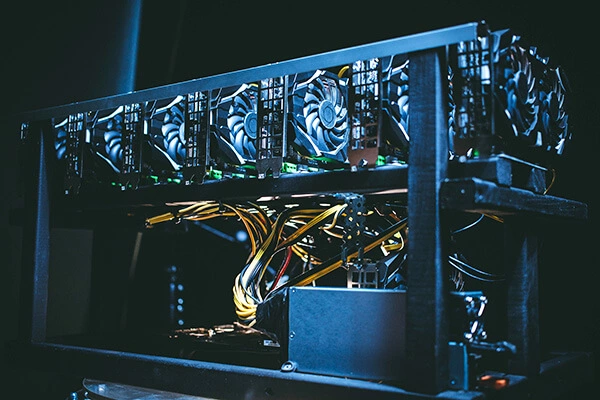
Hard Drive for your Rig:
Experts recommend a 120GB SSD for Windows 10 mining. An HDD will also suffice. For miners mining on a Linux-based operating system, we also recommend at least a 16 GB USB flash drive. You may utilize 8GB or even 4GB with NHOS. HDD/SDD can also be utilized with the Linux operating system. To mine cryptocurrency, so-called hard drive mining does not require a specialized GPU or central processing unit (CPU). All you need is an integrated motherboard or a GPU with an integrated GPU.
How to Assemble a GPU Mining Rig:
- Connect the motherboard
- Connect the CPU to the motherboard.
- Set up the RAM
- Connect the motherboard to the frame.
- Connecting the Power Supply Unit (PSU)
- Connect the USB expansion cards to the motherboard.
Conclusion:
Cryptomining is a solid source of active or passive income nowadays. Hence the components of the mining rig are essential for its proper working and effective output.

As a writer, Richard is an advocate of blockchain technology and cryptocurrency in general. He writes about all things from cryptography to economics, with a focus on how it applies to cryptocurrencies. He is also passionate about writing about topics such as decentralization, open-sourced software development, and copyright law.



